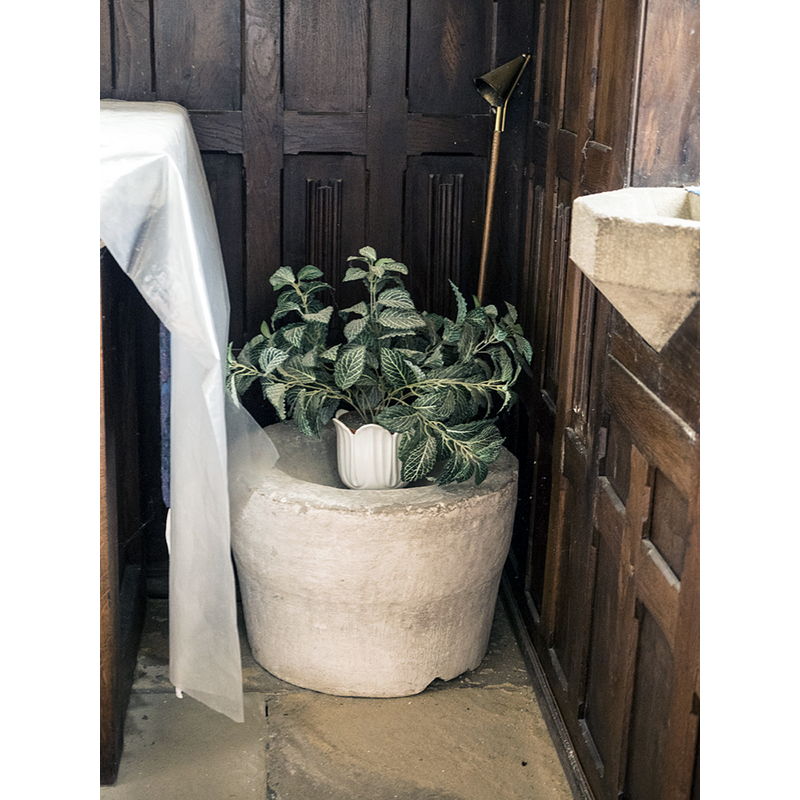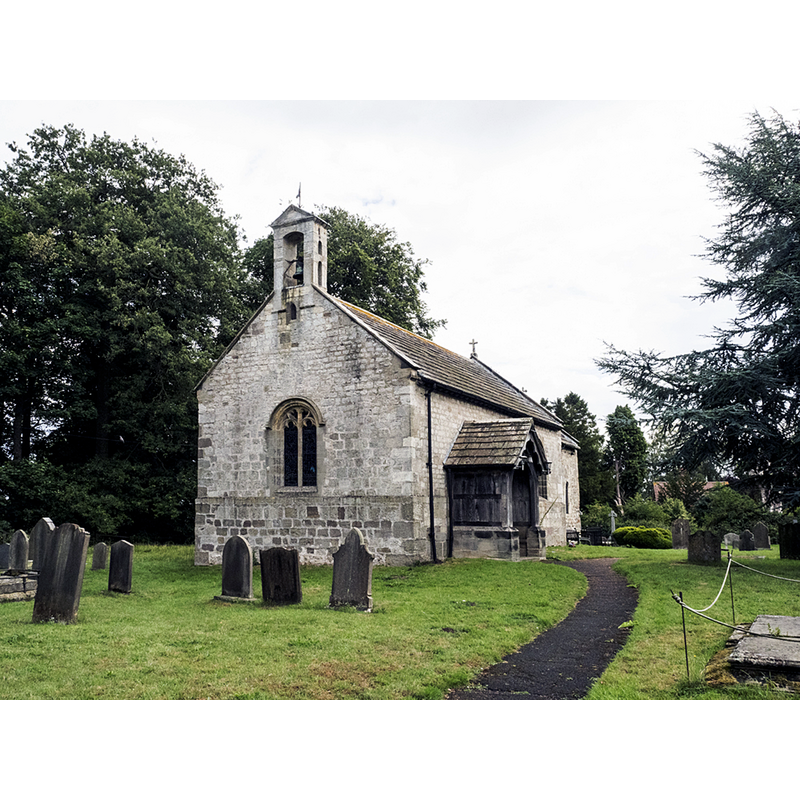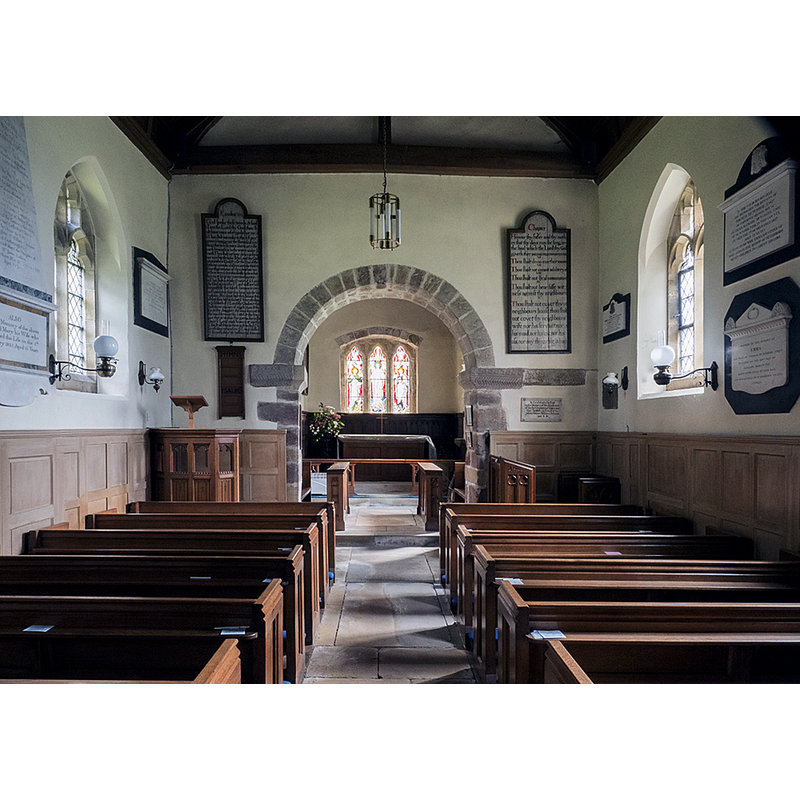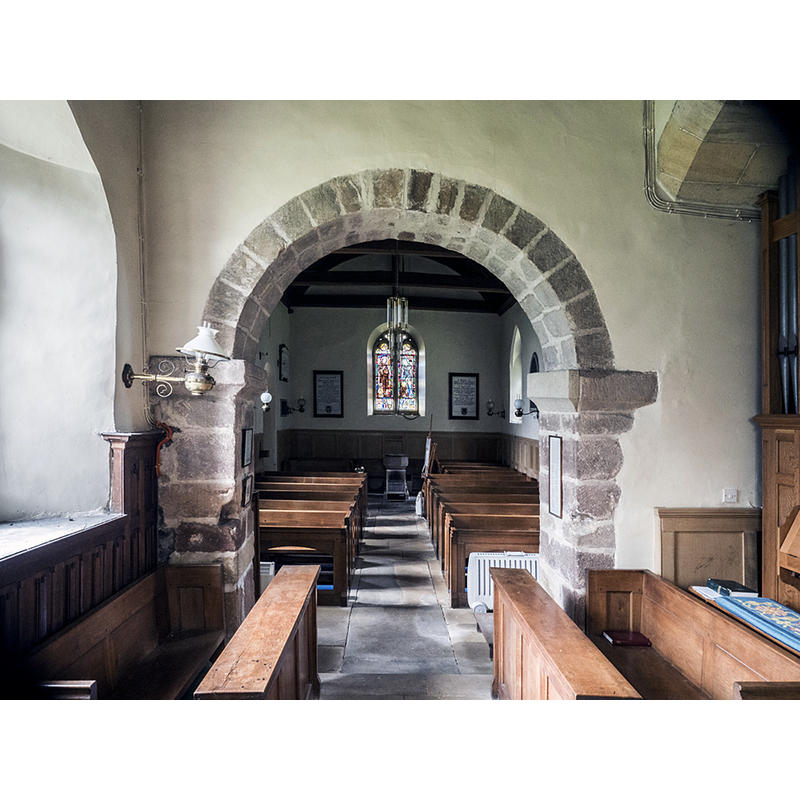Copgrove / Copegrave
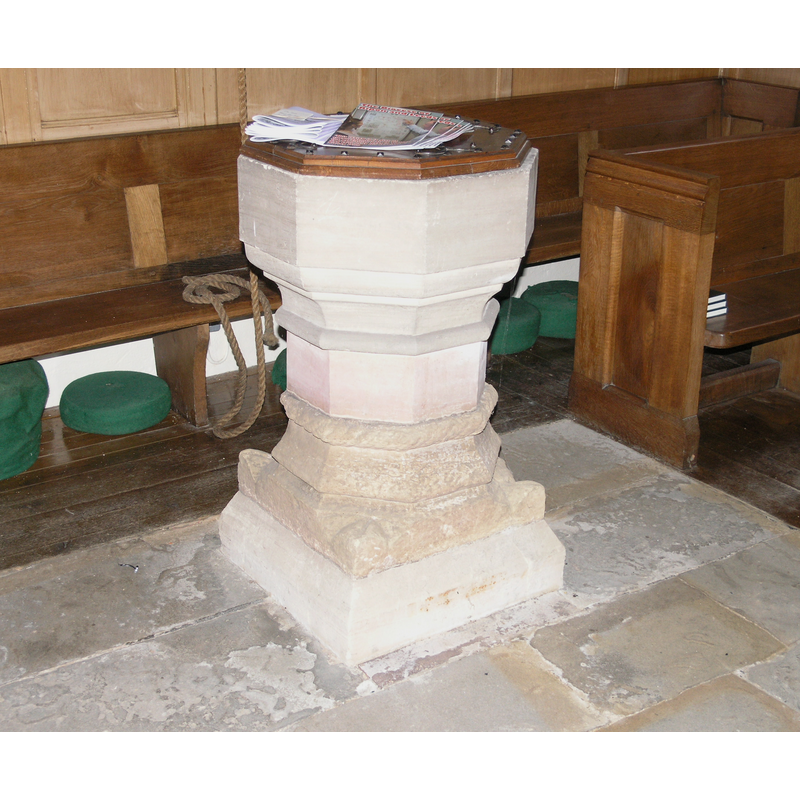
Image copyright © Colin Hinson, 2008
Standing permission
Results: 12 records
design element - motifs - moulding
design element - motifs - rope moulding
design element - motifs - spur - 4
view of basin - interior
view of basin in context
view of church exterior - detail
Scene Description: The Devil's Stone
Copyright Statement: Image copyright © John Barker, 2020
Image Source: digital image by John Barker, in Beyond the Pale [http://www.beyond-the-pale.org.uk/xcopgrove2.jpg] [accessed 17 January 2020]
Copyright Instructions: PERMISSION NOT AVAILABLE -- IMAGE NOT FOR PUBLIC USE
view of church exterior - southeast view
view of church exterior in context - southwest view
view of church interior - looking east
view of church interior - looking west
view of font and cover
INFORMATION
FontID: 02009COP
Object Type: Baptismal Font1
Church/Chapel: Parish Church of St. Michael and All Angels
Church Patron Saints: St. Michael & All Angels
Church Location: Wath Ln, Copgrove, Harrogate HG3 3TY, UK
Country Name: England
Location: North Yorkshire, Yorkshire and the Humber
Directions to Site: Located between the A61 (W) and the A1(M)(E), 7 kms N of Knaresborough, 8 km SW of Boroughbridge, SE of Ripon, about 40 kms N of Leeds
Historical Region: formerly WRYrks
Font Location in Church: Inside the church FontNotes]
Century and Period: 12th - 13th century, Medieval / composite
Credit and Acknowledgements: We are grateful to Colin Hinson, of www.yorkshireCDbooks.com, for his photographs of this reconstructed font
Church Notes: Devil's Stone, perhaps a Sheela-na-gig, at some point now on the vestry wall, then moved inside the church [http://www.sheelanagig.org/wordpress/copgrove/] [accessed 17 January 2020]
Font Notes:
Click to view
There is an entry for Copgrove [variant spelling] in the Domesday survey [https://opendomesday.org/place/SE3463/copgrove/] [accessed 17 January 2020]; it reports a church in it. Glynne's 21 November 1860 visit to this church (in Butler, 2007) reports: "The font is a circular jar on a square plinth, having the tongue-like figures at the angles." Listed in Cox & Harvey (1907) as a baptismal font of the Norman period. Morris (1932), however, notes: "The base of the font has cable moulding, and is probably contemporary with the church" [i.e., Norman]. The present font has reused the old base, but the rest, basin, stem and plinth, are modern replacements. The base itself is has an octagonal rope moulding at the neck where it meets the new stem; thick moulding below, also octagonal, the lower volume square with spurs (?) at the angles. The old basin, a plain round tub, lies disused inside the church, next to a wall-mounted stone stoup. The entry for this church in Historic England [Listing NGR: SE3463963243] reports the church as "C12 and C18, restored 1889" but mentions no font in it.
COORDINATES
Church Latitude & Longitude Decimal: 54.06426, -1.4719
Church Latitude & Longitude DMS: 54° 3′ 51.34″ N, 1° 28′ 18.84″ W
UTM: 30U 600008 5991751
MEDIUM AND MEASUREMENTS
Material: stone, type unknown
Font Shape: tub-shaped (mounted)
Basin Interior Shape: round
Basin Exterior Shape: round
Drainage Notes: no lining in the old tub
LID INFORMATION
Date: modern
Material: wood
Apparatus: no
Notes: octagonal and flat, with metal decoration
REFERENCES
Cox, John Charles, English Church Furniture, New York: E.P. Dutton & Co., 1907
Glynne, Stephen Richard, The Yorkshire notes of Sir Stephen Glynne (1825-1874), Woodbridge: The Boydell Press; Yorkshire Archaeological Society, 2007
Morris, Joseph Ernest, The West Riding of Yorkshire, London: Methuen & Co., 1932


